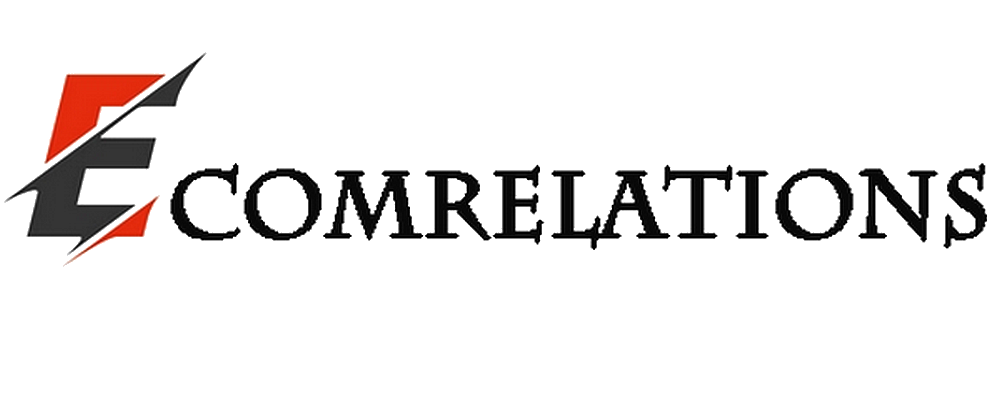The first recorded use of the term "payroll" dates back to 1740, when the compound noun described the total amount of money paid to a company's employees over a period of time. The evolution of payroll began with the Industrial Revolution, when clerks worked on processes that are now fully automated.
The Industrial Revolution
The type of payroll we know today originated during the industrial revolution of the 18th and 19th centuries. The Industrial Revolution brought a sharp increase in employment and production, and thus the need for accurate and up-to-date payroll records for employees. Without a formal payroll system, factory owners faced financial ruin due to cash flow problems.
Computerization of Payroll
It is believed that the first modern computer was built during World War II by Alan Turing and other cryptographers, and that it was used to break the German "Enigma" code. However, it was not until the early 1950s that computers were designed to handle office tasks. The LEO (Lyons Electronic Office) is one of the earliest examples of a desktop computer. The LEO was used to handle evaluations and other administrative tasks, including payroll. This technology was very influential, although its use remained limited because its price tag allowed only the wealthiest companies to purchase it.
Awareness
It didn't take long for people to realize the value of automating administrative tasks. In the 1960s, U.S. bankers realized that automation was vital to handling a large volume of paper checks and that adopting automation technology would give banks a competitive advantage.
The availability of computers to the public
The 1970s was an important decade because it saw the rise of accessible computer technology. Computers were no longer confined to the offices of Fortune 500 companies; hobbyists or enthusiasts could now afford to buy and assemble computer kits called "microcomputers."
The proliferation of payroll computers
In the 1980s, outsourcing payroll to companies that specialize in this area became common practice. This led to an increased interest in computerizing payroll processes. Computers were intended to streamline and simplify payroll processes. The affordability of this technology allowed more companies to benefit from payroll outsourcing.
Payroll Today
If you told the employees who used the early payroll systems what those processes look like today, you would probably be incredulous. The most popular form of payroll technology used today is cloud-based payroll software, and for good reason.
Cloud-based payroll software can be accessed anywhere, anytime, by an authorized person from any device connected to the Internet. Payroll applications allow employees to access portals that allow them to quickly and easily view and edit their work schedules, pay slips, accrued time off and other information. Regulatory compliance and even payroll calculations are handled by a simple software solution. This technology has proven invaluable in an era where more and more people are working from home.
The future of payroll
The future of payroll involves the use of technology to increase the efficiency of payroll software. The trend of combining payroll software with other software and departmental information is also expected to grow in the coming years.


